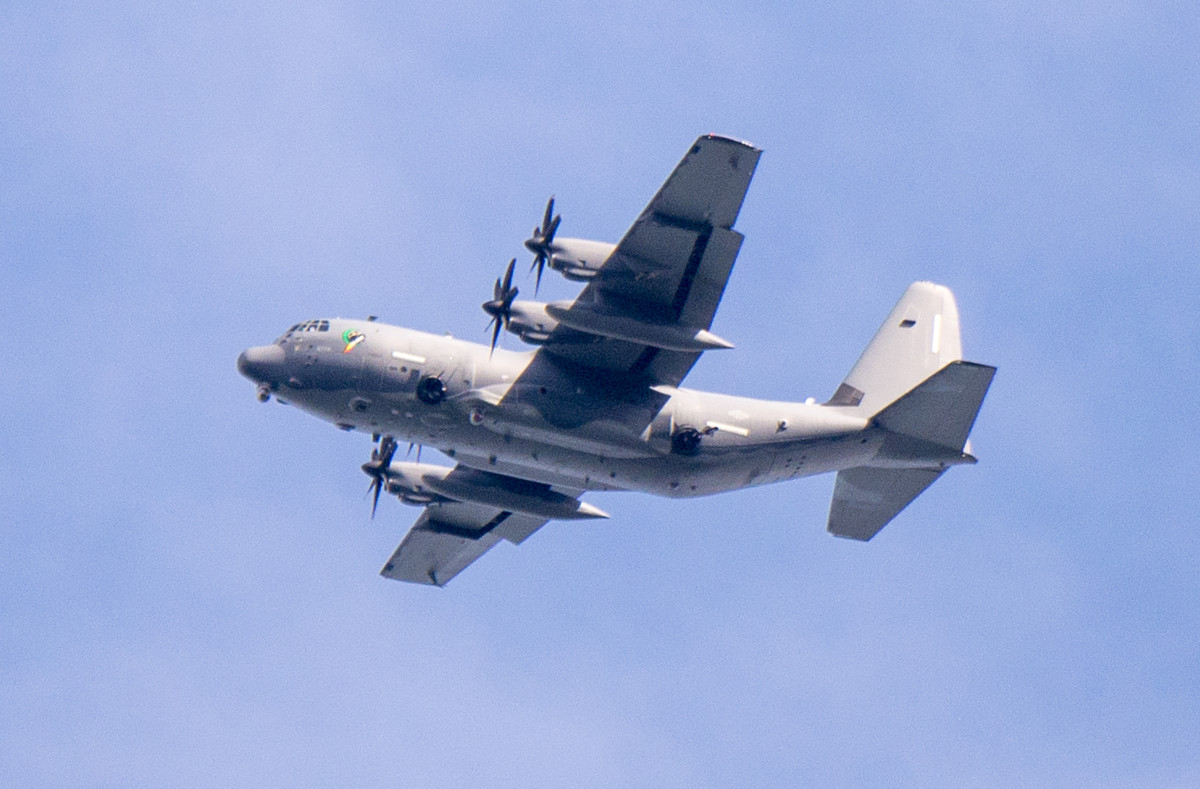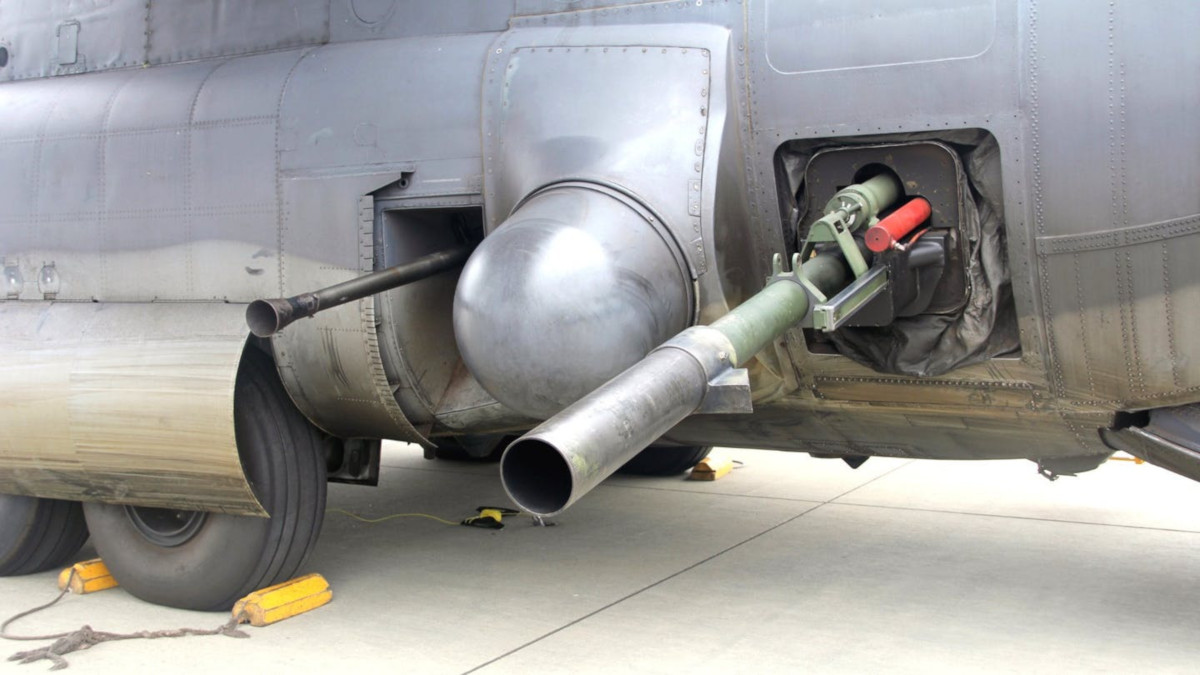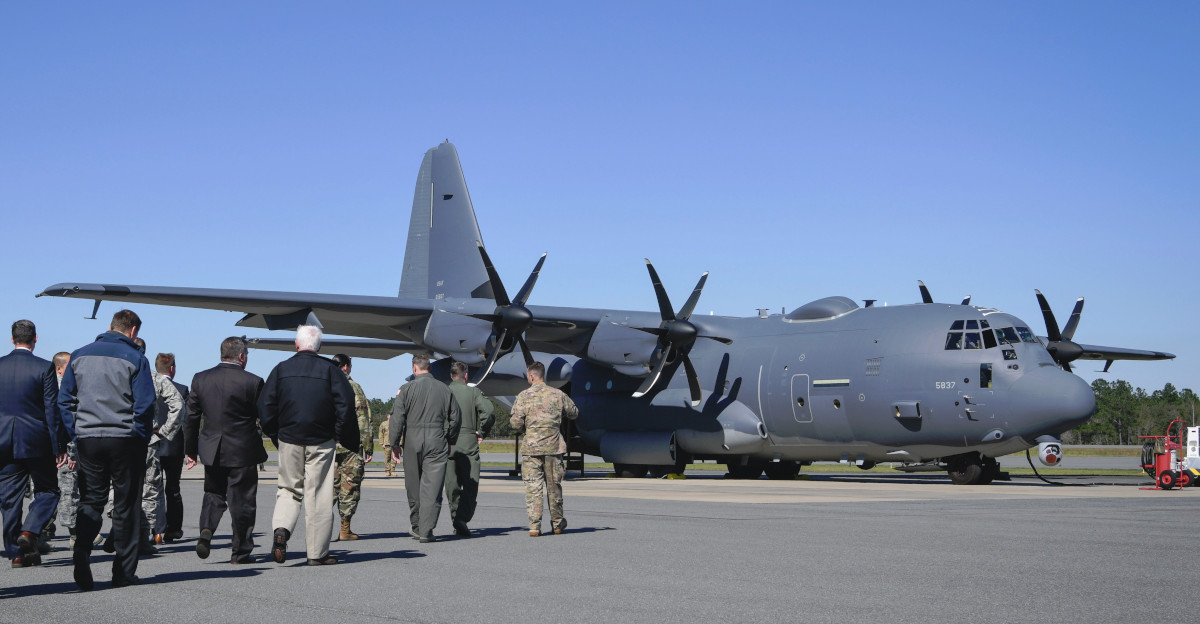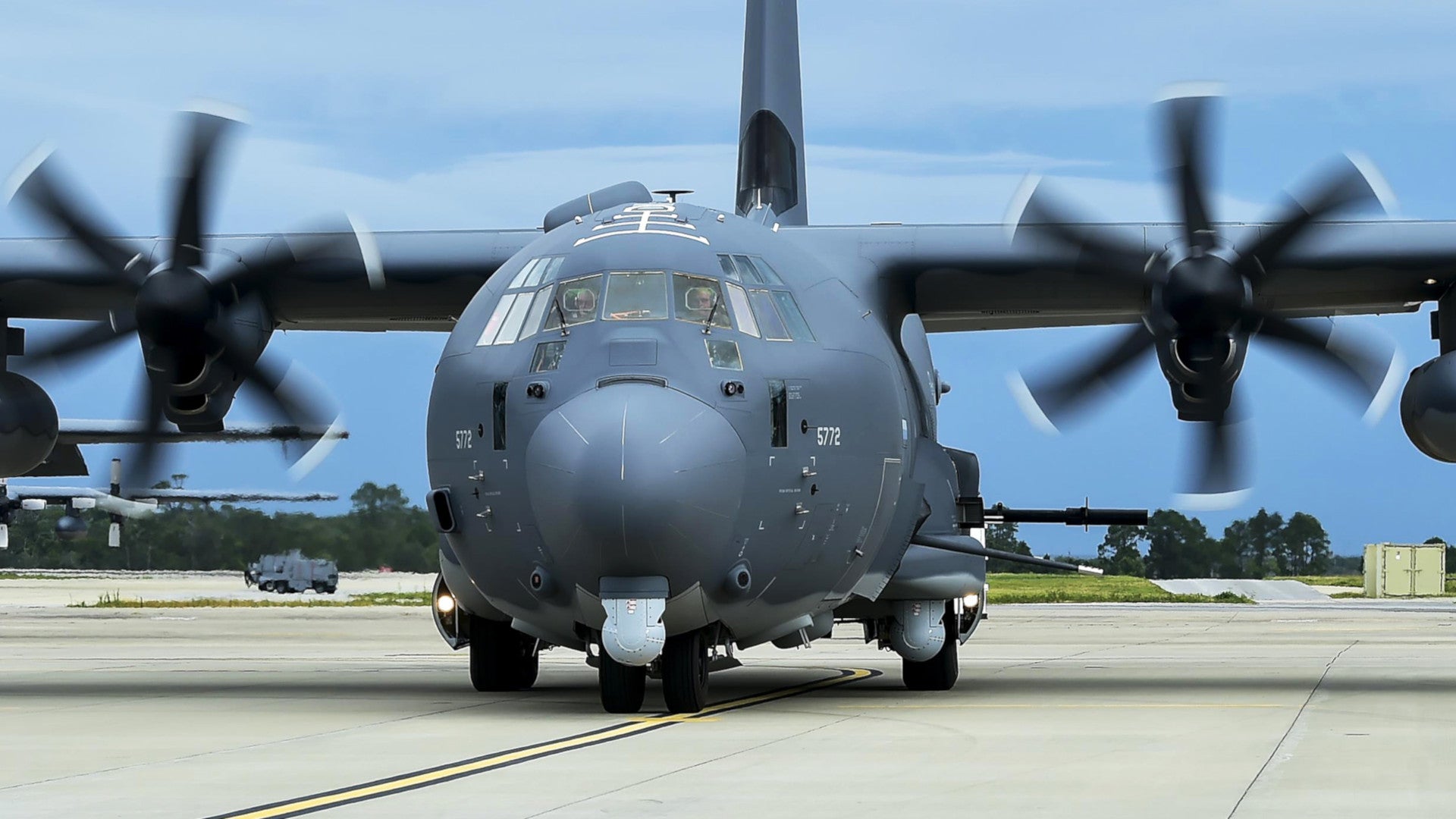The U.S. Air Force’s new AC-130J Ghostriders have been flying combat missions in Afghanistan since June 2019. The gunships took over from AC-130U Spooky IIs that had been supporting U.S. and coalition special operations forces and their Afghan partners in that country. Those Spooky IIs have now returned to the United States, marking the last scheduled combat deployment ever for that version of the AC-130.
Northwest Florida Daily News had been the first to report on June 28, 2019, that the AC-130J had flown its first-ever combat mission in Afghanistan. This detail had emerged during a change of command ceremony at Hurlburt Field in Florida, during which U.S. Air Force Lieutenant General James Slife took charge of Air Force Special Operations Command (AFSOC) from Lieutenant General Brad Webb. The Ghostrider’s first combat sortie had taken place “just days before,” according to the story.
“We are pleased to announce the AC-130J has deployed in support of combat operations overseas,” U.S. Air Force Captain Keavy Rake, an AFSOC spokesperson, confirmed to The War Zone in an Email on July 10, 2019. “The first AC-130Js deployed in late June 2019 to relieve the AC-130Us, who arrived home to Hurlburt Field on 8 July 2019.”
The Air Force declared that the AC-130J had reached initial operational capability in late 2017, with the 73rd Special Operation Squadron at Hurlburt Field becoming the first operational unit to fly the aircraft in 2018. The 73rd is the squadron presently flying the Ghostriders over Afghanistan. AC-130Js had previously taken part in a number of exercises in the United States and abroad.

We don’t know much about the 73rd’s initial deployment with the Ghostrider yet, but AFSOC’s AC-130s most often fly at night, supporting special operations forces on the ground, either providing direct close air support or armed overwatch during their operations. U.S. special operators remain heavily engaged in Afghanistan, against the Taliban and a variety of other terrorist and militant groups, including an ISIS-linked faction that first emerged in 2015.
In the past, AC-130s have also conducted targeted strikes against specific individuals in support of the secretive Joint Special Operations Command’s task forces in the country. An AC-130U from the 4th Special Operations Squadron was also notably involved in the infamous mistaken strike against a Doctors Without Borders hospital in the Afghan city of Kunduz in 2015. A subsequent investigation revealed a number of equipment failures and human errors that led to the tragedy.
The 4th SOS is the last squadron to fly the U-model, including the ones that just returned home this week. It will continue to keep some of those aircraft available for unscheduled contingency deployments until its full complement of AC-130Js has arrived, according to Military.com. The squadron received its first Ghostrider in March 2019.
The last Ghostrider deliveries are scheduled to occur in 2021 and the Air Force plans to eventually have a fleet of 37 of the aircraft in total, which will replace all of the remaining AC-130Us and AC-130W Stinger II gunships. As of March 2019, AFSOC had already retired seven of the 10 remaining U models and three of the 12 W variants, according to Pentagon budget documents. The service already retired the last of the AC-130H Spectre gunships in 2016.
The deployment of the AC-130Js and the end of scheduled combat operations for the AC-130Us very much marks a shift in AFSOC’s gunship operations, as well. The Spooky IIs, which entered service in 1995, are the last of the Air Force’s old school AC-130 gunships with a five-barrel 25mm GAU-12/U Gatling cannon, a single-barrel 40mm Bofors cannon, and a 105mm howitzer as their only armament.
These aircraft were a direct evolution of the original Vietnam War-era AC-130s. By all indications, the AC-130Us are also the last platform of any kind in the U.S. military to use the 40mm Bofors gun, a World War II-era weapon, which proved to be a deadly aerial weapon, but also increasingly hard to operate and maintain. The Air Force had found itself scouring the world for spare parts in the early 2000s and rebuilding 40mm ammunition from the 1940s in recent years to keep the guns operational.

The AC-130J is a very different beast, though it does have the same 105mm howitzer as the AC-130U, as well as a smaller 30mm GAU-23/A Bushmaster cannon. But the Ghostrider, from the very beginning, was designed to also employ precision-guided munitions, including the AGM-114 Hellfire missile, the GBU-39/B Small Diameter Bomb (SDB), the GBU-44/B Viper Strike glide bomb, and the AGM-176 Griffin, which can function as a powered missile or as an unpowered glide bomb. The AC-130Ws, which are conversions of older C-130H cargo aircraft, have a virtually identical armament package.
The Air Force had not even originally planned to install the 105mm howitzer on the AC-130J, or the AC-130W, but eventually changed course. AFSOC took delivery of the first Block 20 AC-130J with the howitzer in 2016. There had also been concerns about the functionality of the Ghostrider’s 30mm GAU-23/A, but these issues have all since been resolved, according to the Pentagon’s Office of the Director of Operational Test and Evaluation.

The precision-guided munitions capability has really added a new dimension to the gunship’s capabilities, giving it more stand-off reach and the ability to engage targets in multiple distinct areas simultaneously, something you can read about in more detail here. The addition of new weapons in the future, including the GBU-53/B Stormbreaker, previously known as the Small Diameter Bomb II, and the GBU-69/B Small Glide Munition, both of which have multi-mode guidance systems, will only increase the AC-130J’s flexibility. With its 30mm and 105mm weapons, the Ghostriders can also still provide the same kind of extremely precise direct fire support as their predecessors.
The AC-130Js are also packed with a variety of updated sensors, data links, communications systems, and more, and the Air Force is already in the process of further updating those systems. The latest Block 30 Ghostriders, which the 4th Special Operations Squadron began receiving in March, feature a number of improvements over the Block 20 aircraft that the 73rd Special Operations Squadron is flying in Afghanistan now. This includes upgraded sensor turrets with higher fidelity electro-optical and infrared full-motion video cameras and a new, large broadband satellite communications “hump” on top of the forward fuselage.

The Air Force is looking to improve the survivability of all of its remaining gunships against newly emerging threats, such as GPS jamming, too. In 2018, U.S. Army General Raymond Thomas, then head of U.S. Special Operations Command, said that unspecified opponents – most likely Russian or Russian-backed forces – were using electronic warfare attacks against gunships operating over Syria.
Entirely new capabilities might find their way onto the Ghostriders as time goes on, too. AFSOC is planning to demonstrate a high-energy laser weapon on one of its AC-130Js in 2022.
But with no more AC-130U deployments on the schedule and AC-130Js now flying combat missions, the Air Force has already entered a new era of gunship operations.
Contact the author: joe@thedrive.com
